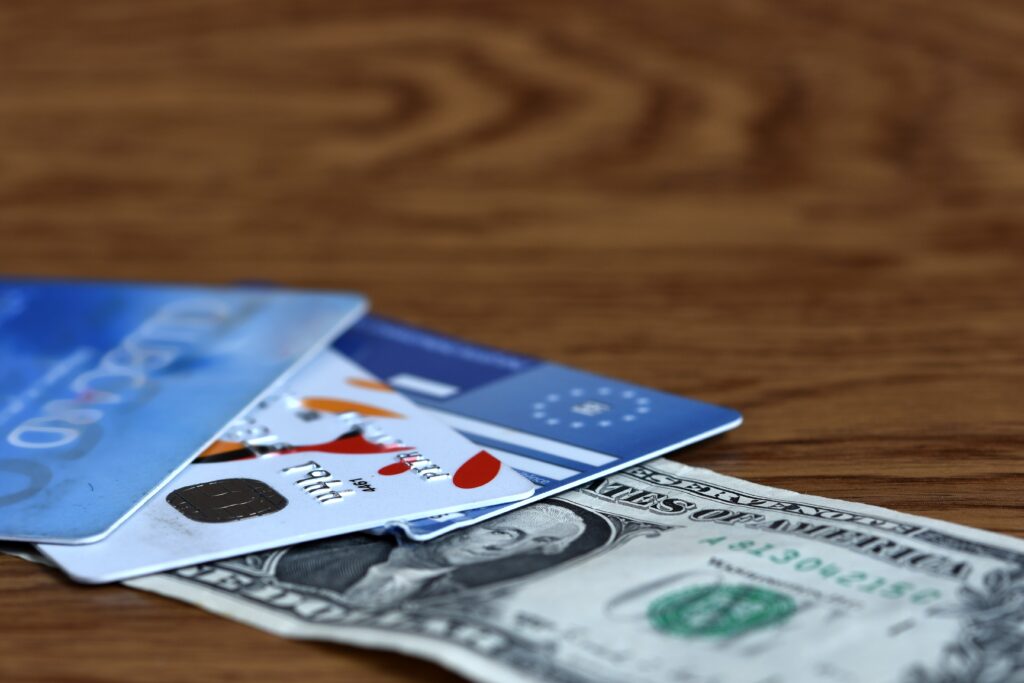
In an era dominated by plastic and digital transactions, the age-old debate of cash versus cards persists, especially when it comes to travel. As you embark on your next adventure, finding the right balance between carrying cash and relying on cards is crucial for a hassle-free journey. In this blog post, we’ll explore the advantages and drawbacks of both payment methods and provide practical tips to strike the perfect equilibrium.
The Benefits of Cards:
- Convenience:
- Cards offer unparalleled convenience, allowing you to make transactions with just a swipe or tap.
- No need to carry bulky cash or worry about making change.
- Security:
- Cards provide a layer of security with features like PIN codes, biometric authentication, and fraud protection.
- In case of loss or theft, most cards offer the ability to freeze or block transactions promptly.
- Record Keeping:
- Card transactions leave a digital trail, simplifying expense tracking for budget-conscious travelers.
- Statements can be easily accessed online, aiding in financial management.
- Global Acceptance:
- Credit and debit cards are widely accepted around the world, making them a reliable payment option in most destinations.

The Advantages of Cash:
- Local Transactions:
- In some places, especially smaller establishments or rural areas, cash may be the preferred or only accepted form of payment.
- Street markets, local vendors, or transportation services may require cash transactions.
- Avoiding Fees:
- Some establishments or ATMs may charge additional fees for card transactions.
- Carrying cash can help you steer clear of these extra costs, especially in regions where electronic payments are less common.
- Emergency Preparedness:
- Cash is invaluable in emergencies when card systems may fail or be temporarily unavailable.
- Having a stash of local currency ensures you can handle unexpected situations.

Striking the Right Balance:
- Notify Your Bank:
- Before traveling, inform your bank about your journey dates and destinations to prevent any unexpected card holds due to suspicious activity.
- Research Local Currency:
- Research and determine the local currency of your destination.
- Carry a small amount of local cash for initial expenses, transportation, or places that may not accept cards.
- Diversify Payment Methods:
- Carry both cards and cash to be prepared for various situations.
- Use cards for larger transactions and cash for smaller purchases or places where cards may not be accepted.
- Use ATMs Wisely:
- Withdraw cash from ATMs strategically to minimize fees.
- Opt for ATMs affiliated with your bank to reduce withdrawal charges.
- Emergency Stash:
- Keep a small emergency stash of cash in a separate, secure location.
- This backup fund can be crucial in unforeseen circumstances.

Finding the right balance between cash and cards is essential for a smooth travel experience. By understanding the advantages of each payment method and adopting a strategic approach, you can navigate any destination with confidence. Remember to plan ahead, stay informed about local currency practices, and embrace the flexibility offered by both cash and cards for a stress-free journey. Safe travels!





